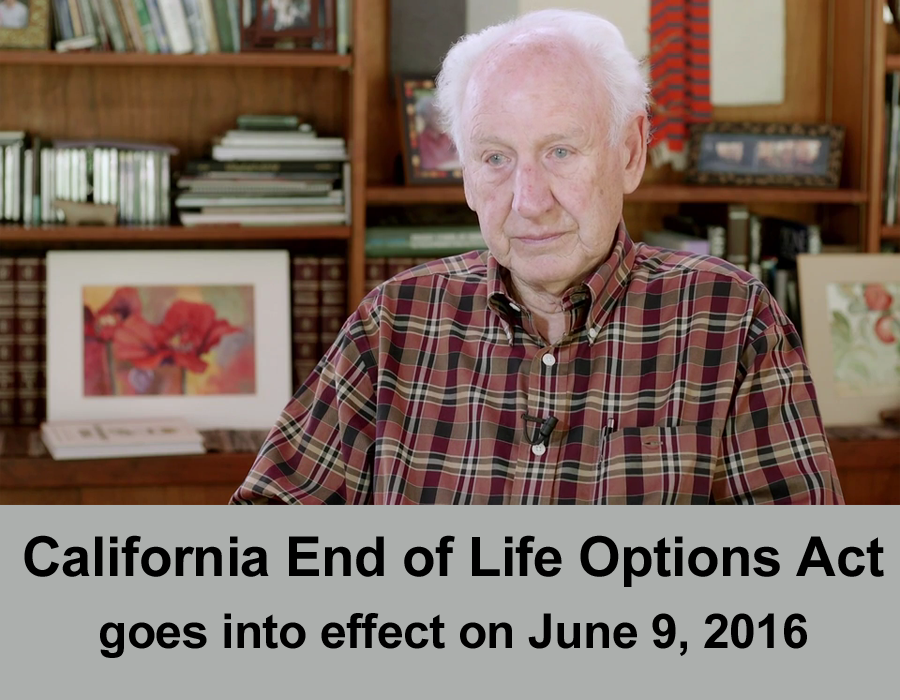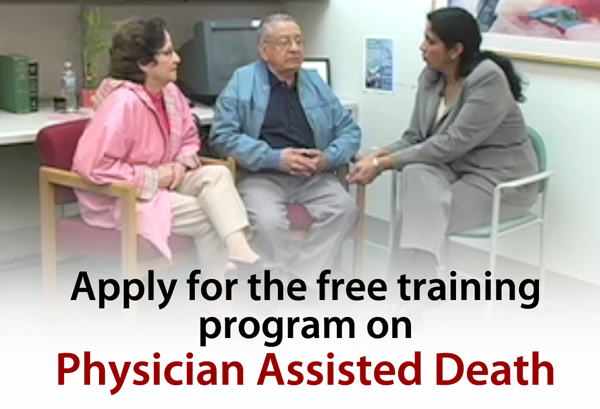 |
|
 |
After completing this module you will be able to:
|
 |
|
 |
After completing this module you will be able to:
|

Dr. W. Richard Scott, Professor Emeritus in the Department of Sociology, shares a very personal story of the last stages of life of his beloved brother Charles Scott.
Learn about the finer points of the Aid in Dying law in our new module on Physician Assisted Death.

In order to increase knowledge about how best to respond to and alleviate the suffering of seriously ill patients, we have created a free training module on Physician Assisted Death.
 As medicine becomes more complex and specialized by the minute, the communication gulf between doctors and their patients is becoming progressively insurmountable.
Become skilled in providing culturally effective care:
As medicine becomes more complex and specialized by the minute, the communication gulf between doctors and their patients is becoming progressively insurmountable.
Become skilled in providing culturally effective care:


